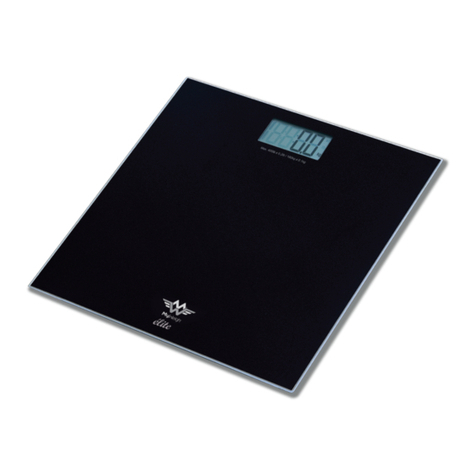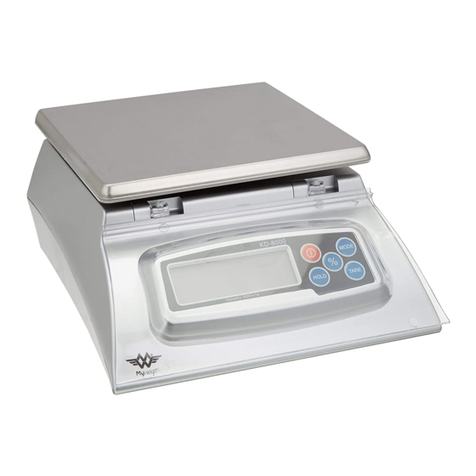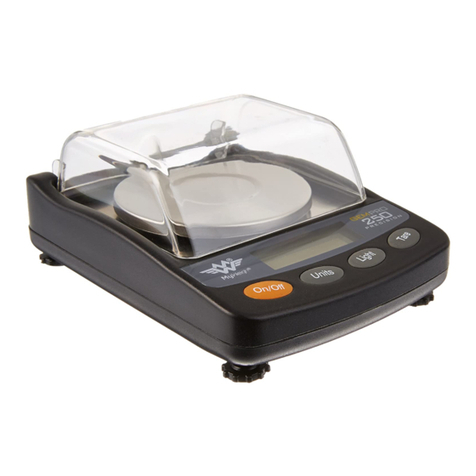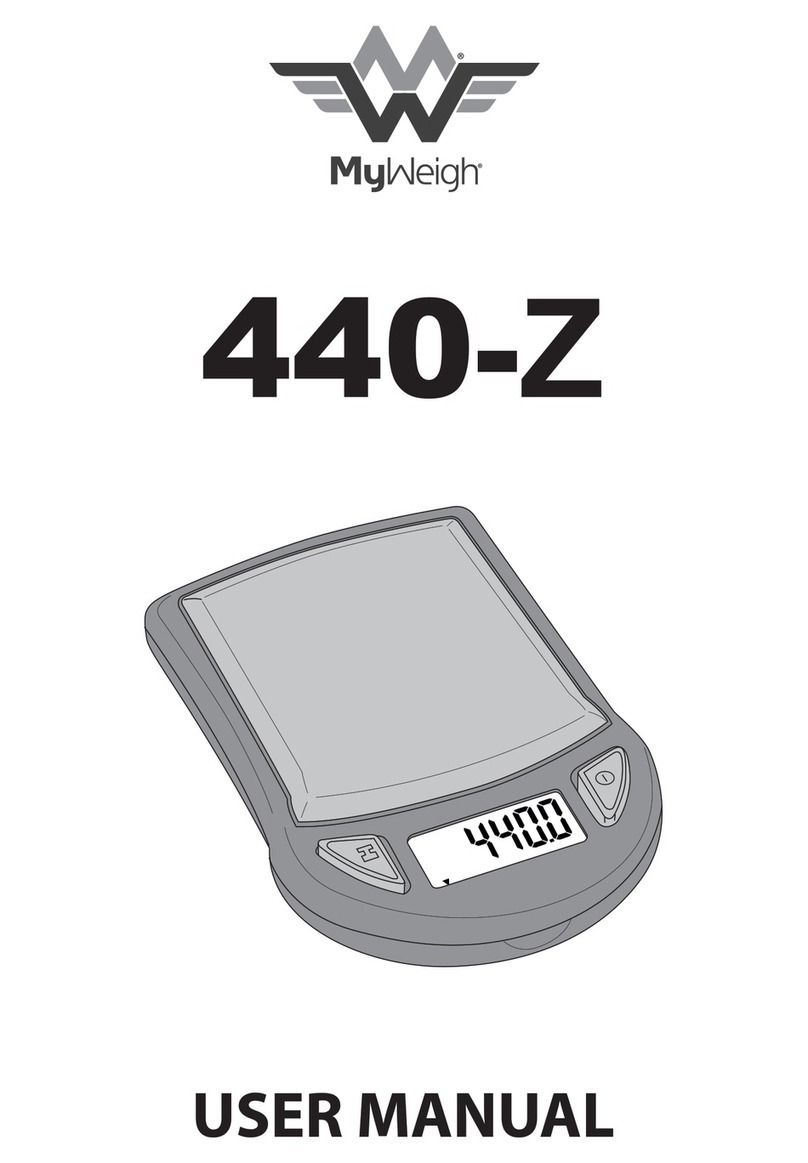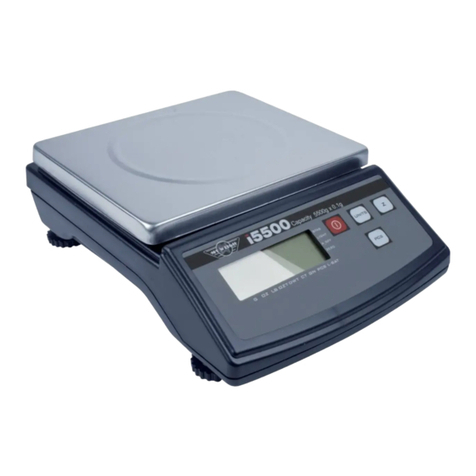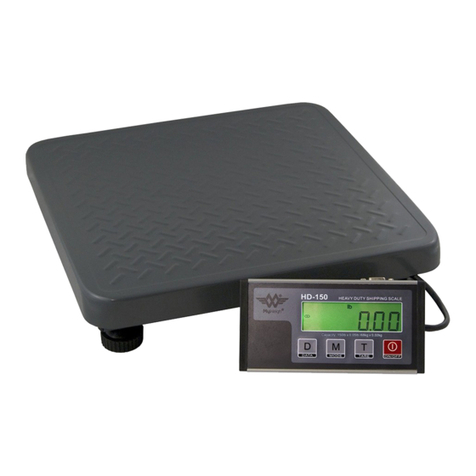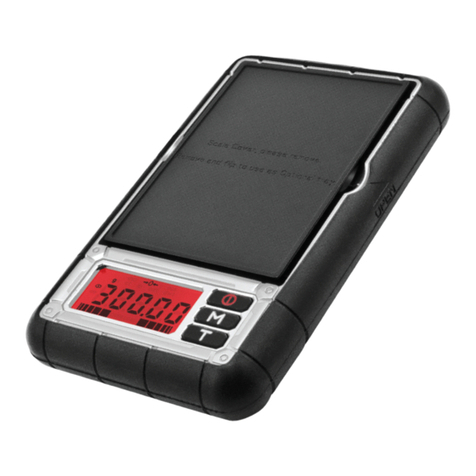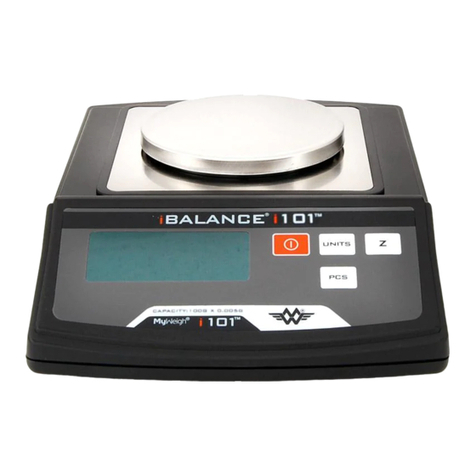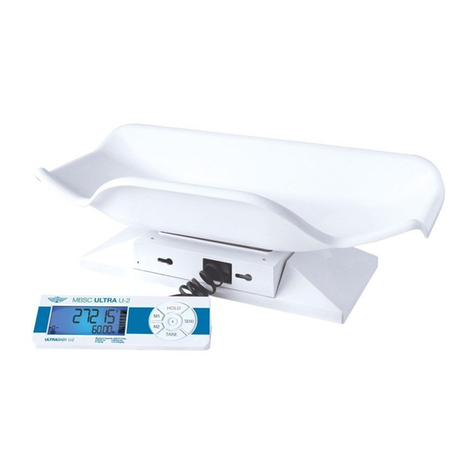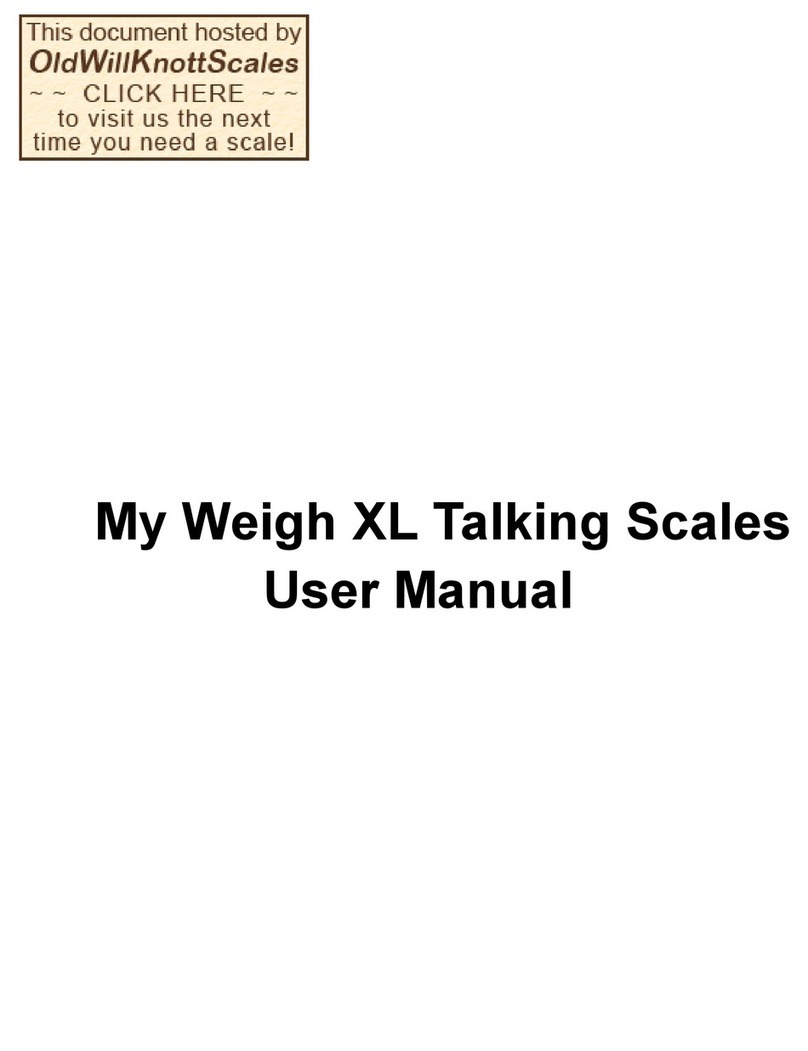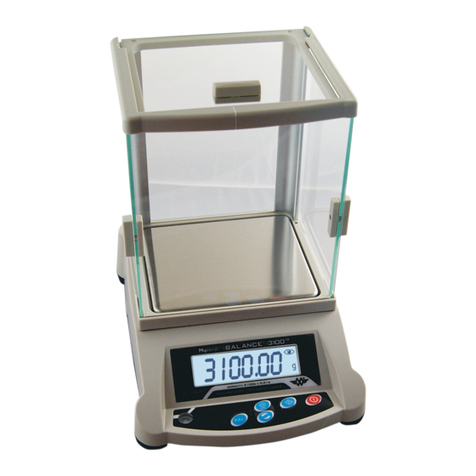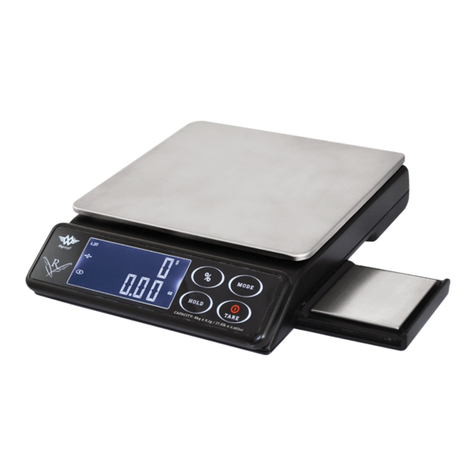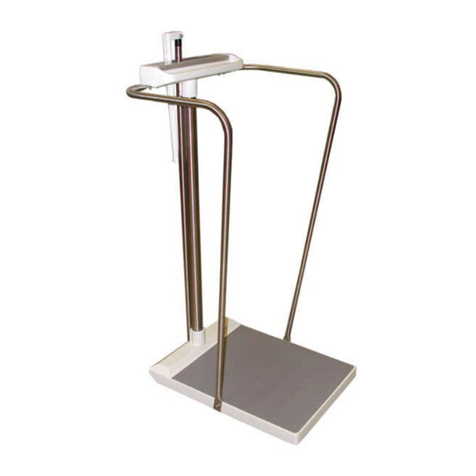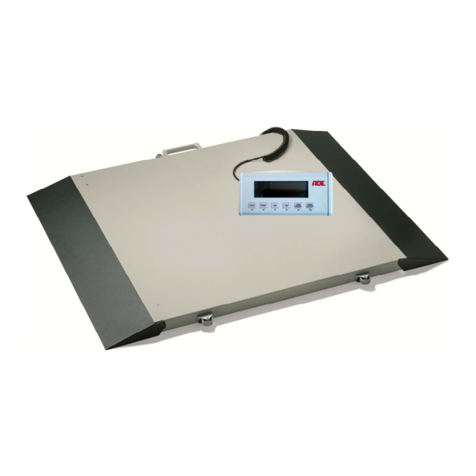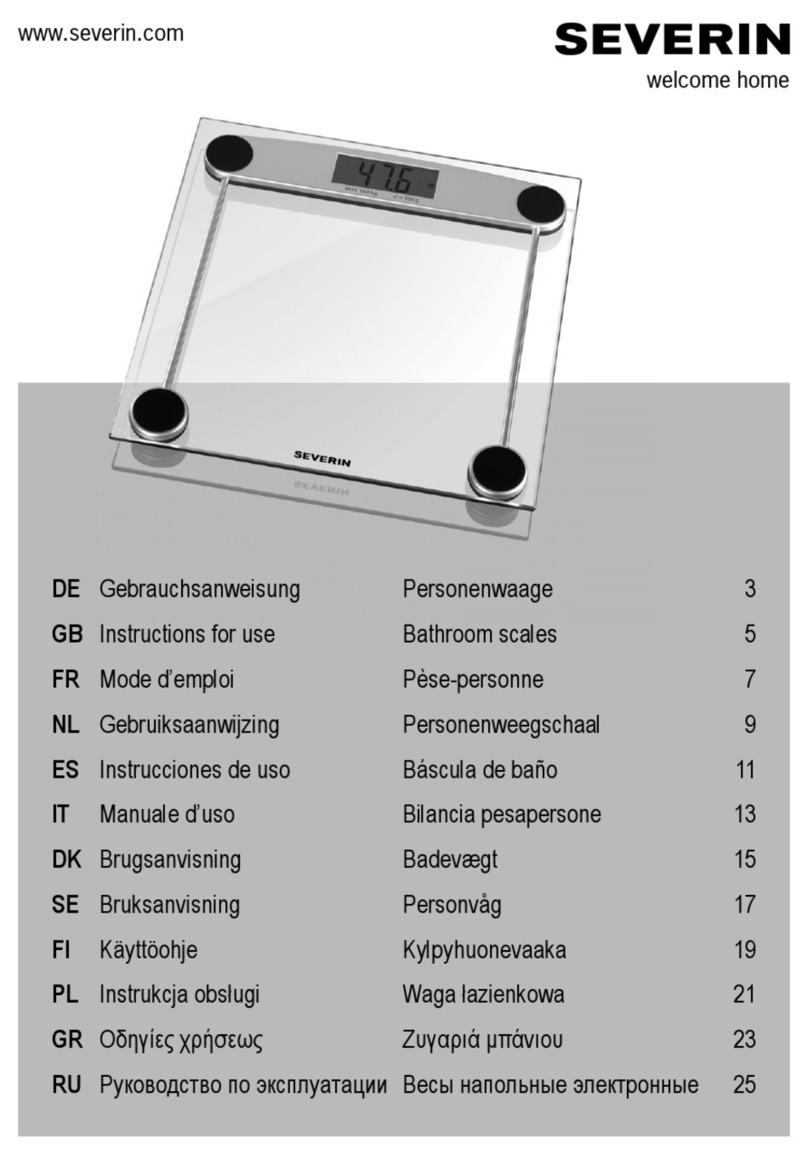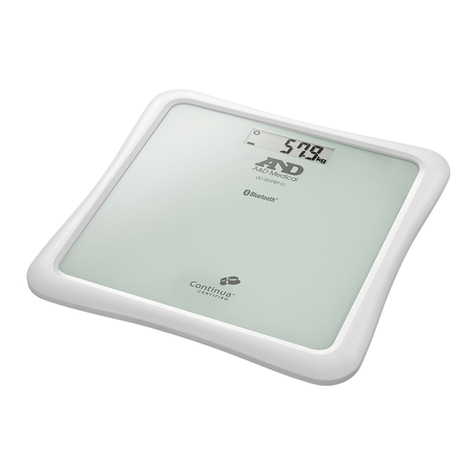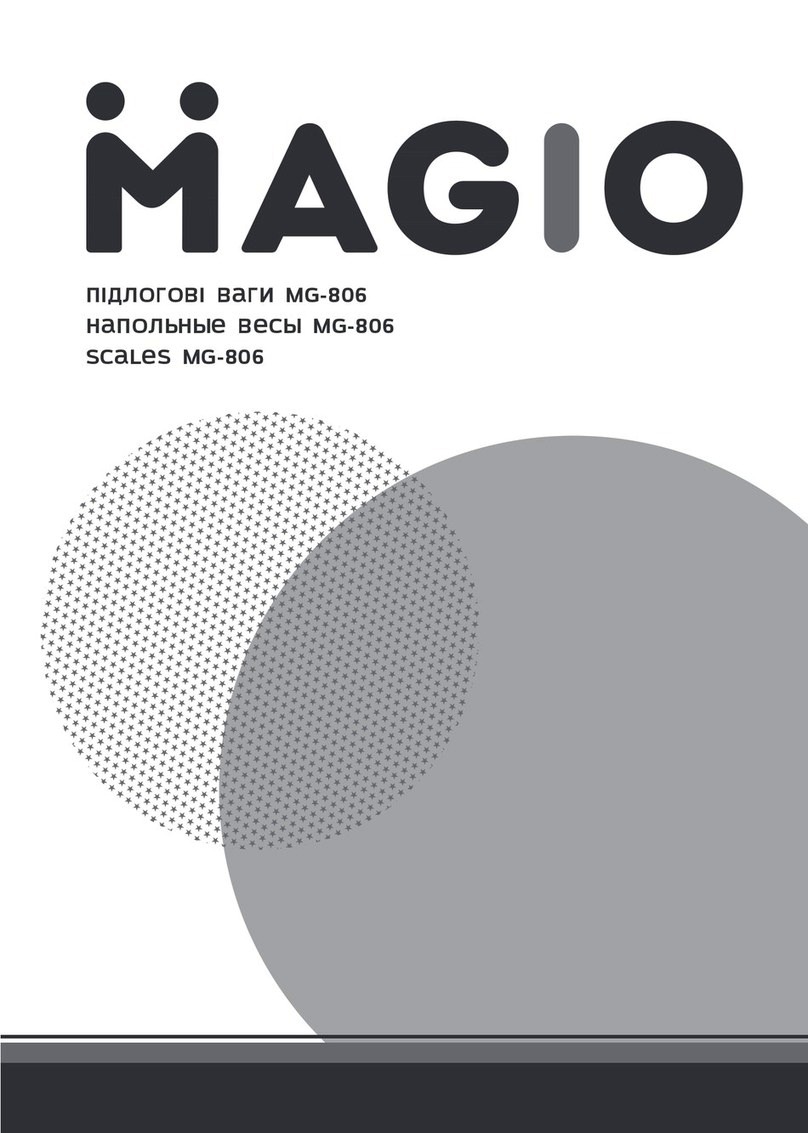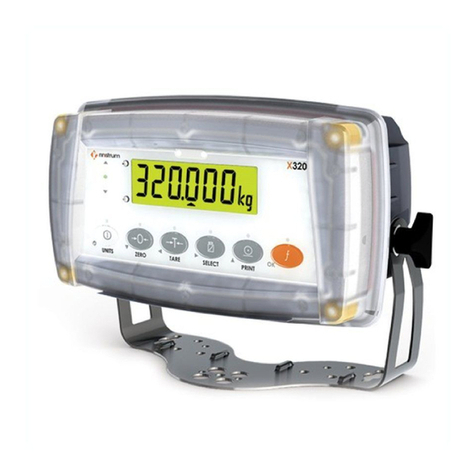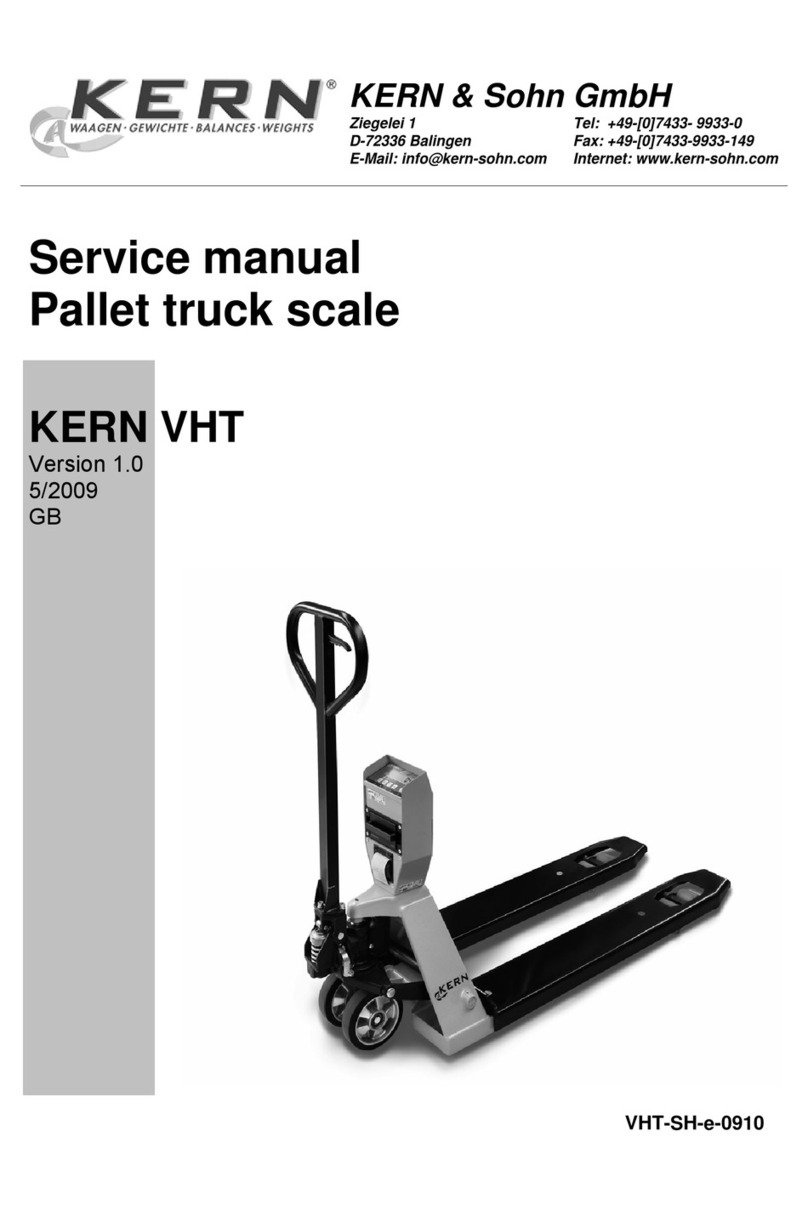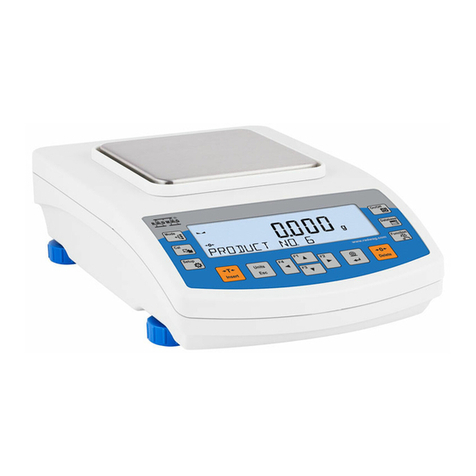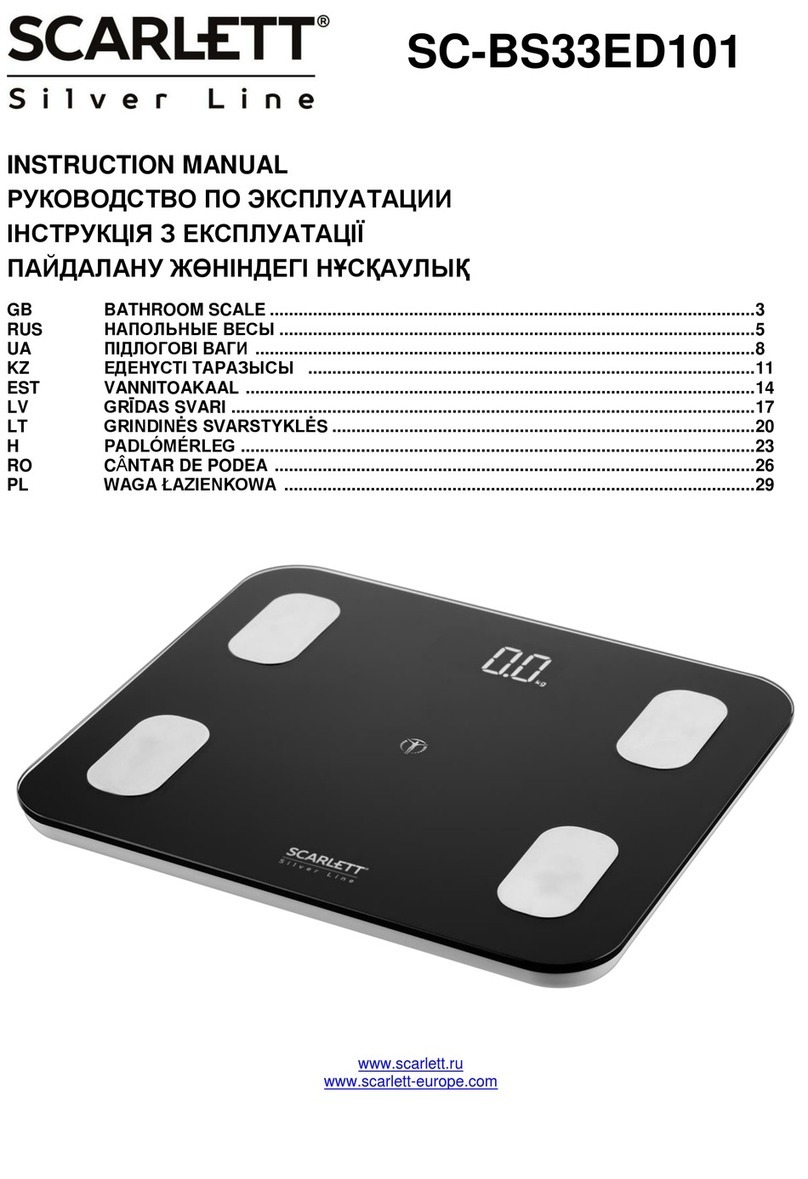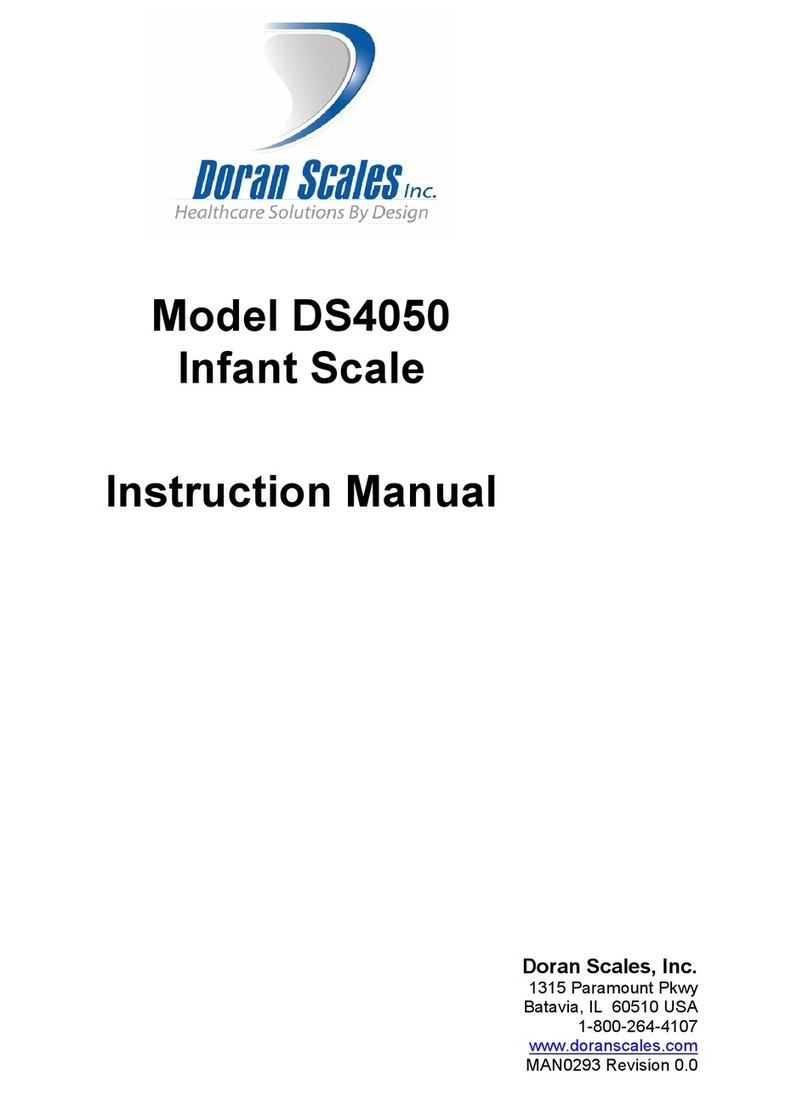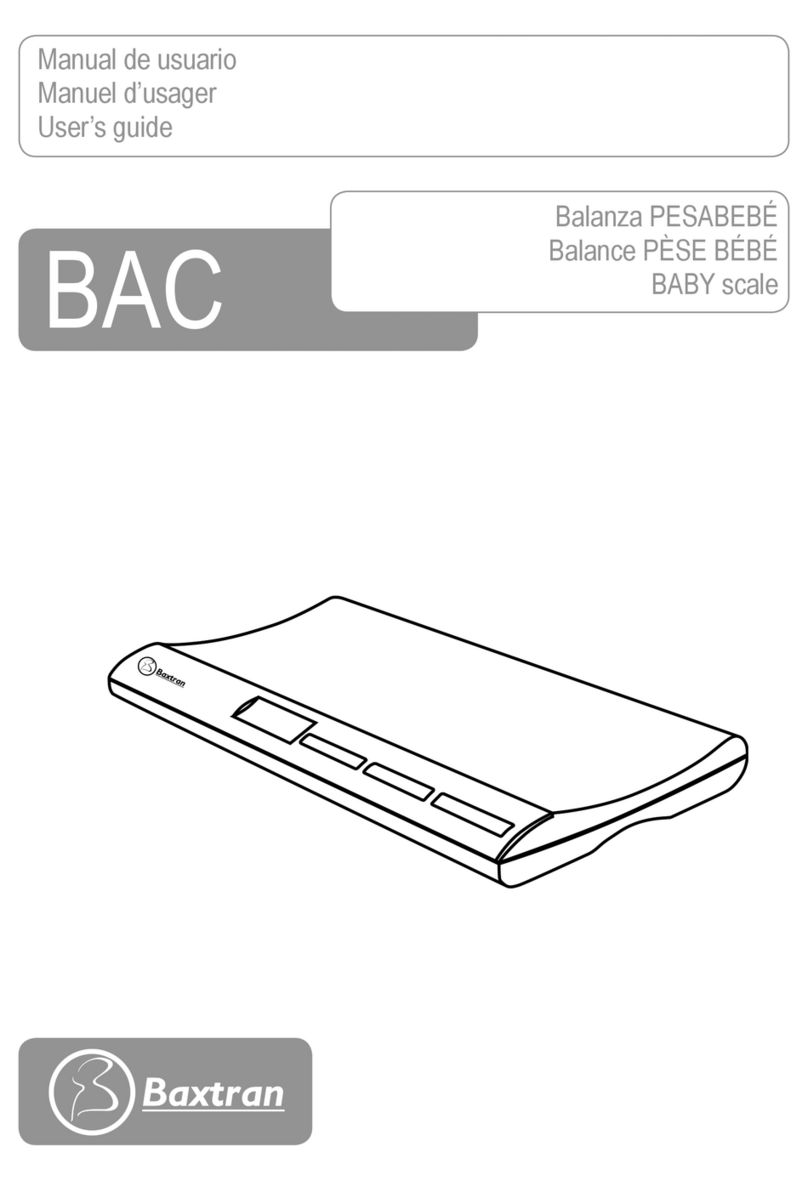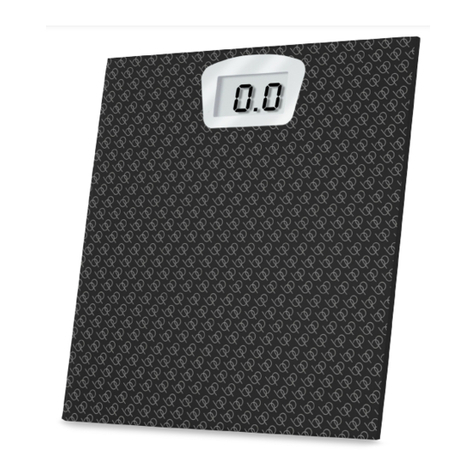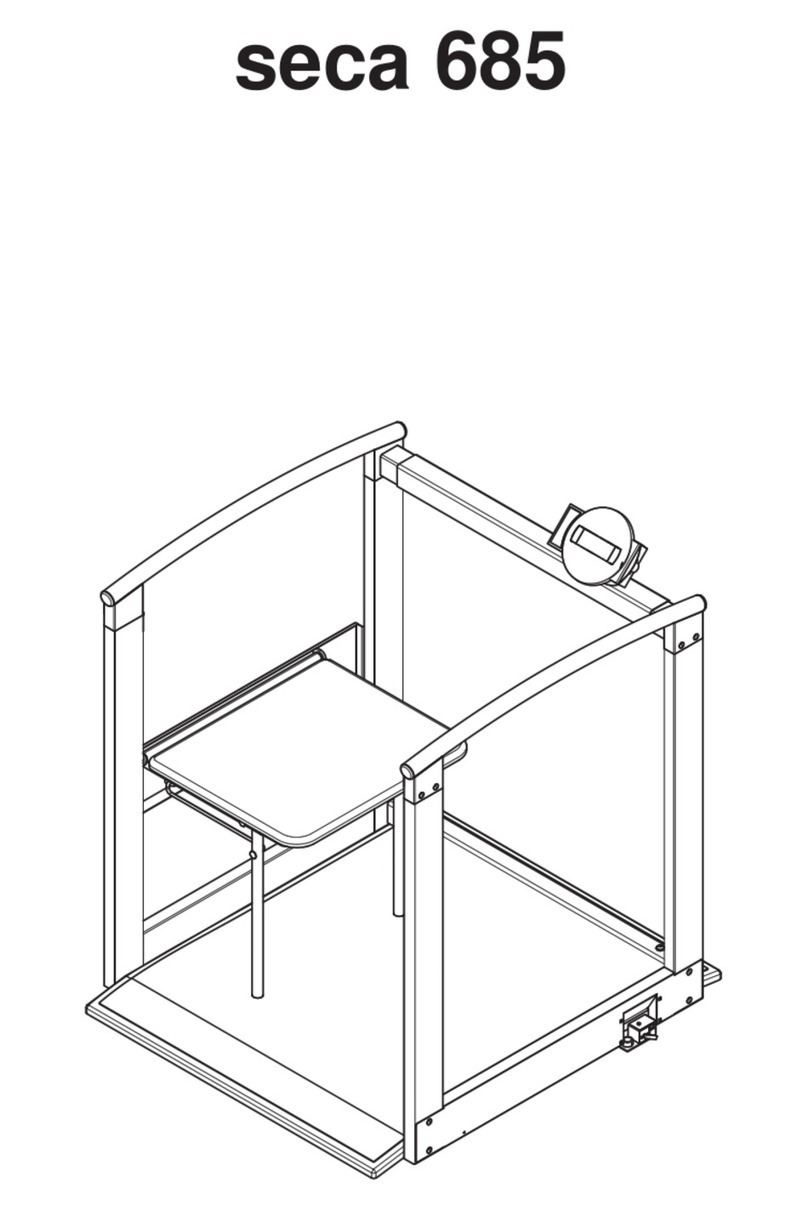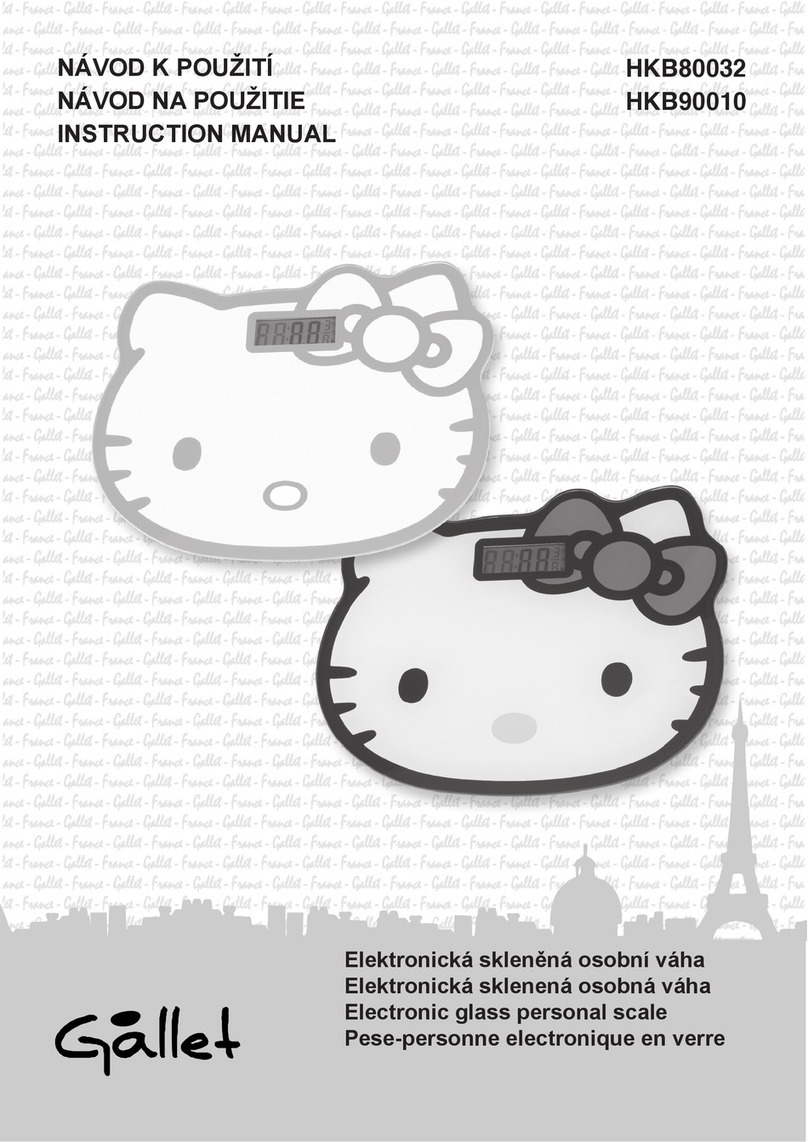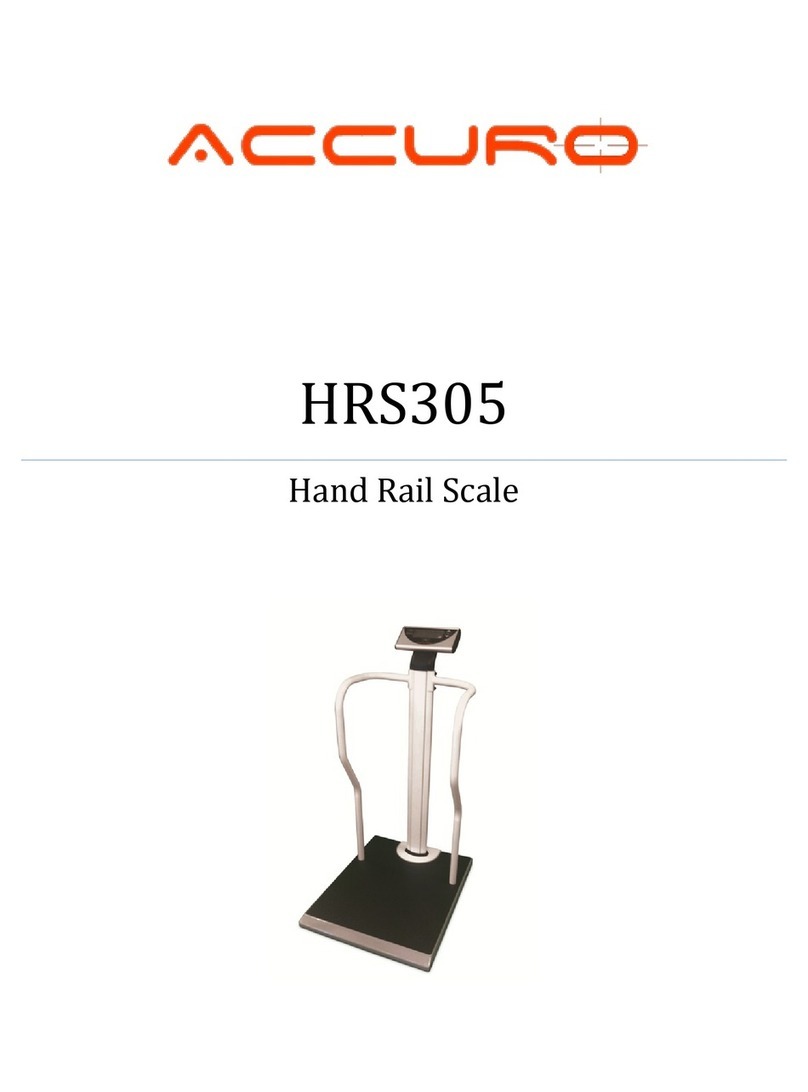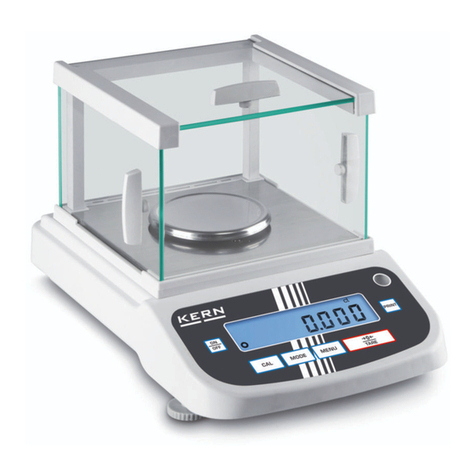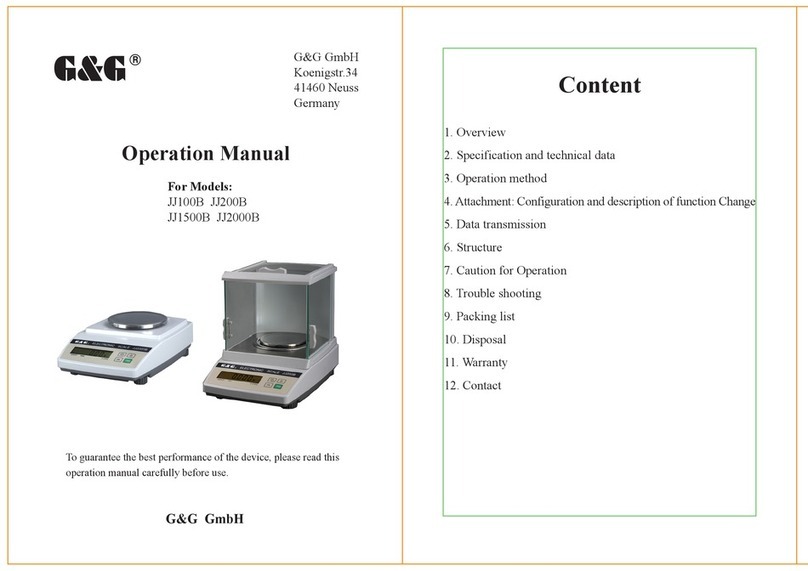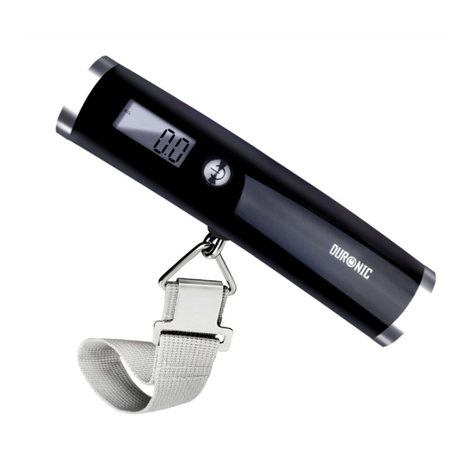BATTERIES
Low Batteries & bad battery connections are the #1 cause of scale malfunction and inaccuracy! We test all of our scale returns from consumers
and 60% of them are battery related problems. This sounds silly but it's true! A scale will perform poorly when it has low batteries. Use good
quality batteries & replace them often (Remove the batteries if you plan to store the scale for longer then 14 days).We include good quality
batteries with all of our scales but they can run low in storage. If your scale simply won't turn on while on battery power, it is often caused by
loose battery connections. Battery prongs (terminals) are made of metal and they have to be in contact with the batteries. Some poorly
designed batteries have recessed or partially obstructed battery terminals. This may cause your prongs to be touching the plastic housing of
the battery instead of the metal of the battery terminal.
Battery installation
a) Press and lift open the battery cover located at the bottom of the unit.
b) Insert the batteries and make sure the polarity is correct (+) and ( - ).
c) Close the battery cover until it clicks shut.
Note : If the battery symbol appears in the display, it means low battery power. It is time to replace the battery.
OPERATION INSTRUCTIONS
Weighing Procedures
1.Press [ ] to turn on the scale.
When the power is turned on, the scale will countdown for a few seconds and "0" will appear on the display.
2. The scale has TWO display lines - this means you can now read weights in two modes at the same time. Press [M1] or [M2] to toggle the
weighing units g, kg, lb lb:oz, oz.To toggle the upper display mode press [M1] and the lower press [M2]. Once the unit has been selected,
the selected unit will be displayed next to the weight value.
3. Start weighing
Verify the reading is "0". Place objects on the weighing platform to weigh.
When the reading becomes stable, the stable indicator is displayed.
TARE
Tare can be used for eliminating the weight value of an empty container. Place an empty container on the scale and press [TARE]. Then
place the items to be weighed in the container. NOTE: When all weight is removed from the weighing tray, the tared value of a container
will be displayed as a negative number. Press [TARE] again to return the scale to zero.
CALIBRATION
Calibration may be required when the scale is rst set up for use, or if the scale is moved to a dierent altitude or new location. This is
necessary because the weight of a mass in one location is not necessarily the same in another location. Also, with time and use, mechanical
deviations can occur.
How to calibrate **you must have an accurate 20kg / 40lb weight or combination of weights in order to calibrate**
1. From the o setting press & hold the [M1] button, then press the [ ] button, release both keys. The display shows“CL. 20 kg”or“CL.
40lb”.
2. Press [M1], to toggle the desired calibration weight “CL.40lb”=40lb or “CL.20kg”= 20kg and press [M2] to conrm.
3. The display will show“CAL”. Place the correct calibration weight on the platform and then press [TARE]. The display will ash and show
“PASS” when calibration is complete.
4. The calibration process is complete. The scale will return to normal weighing mode.
